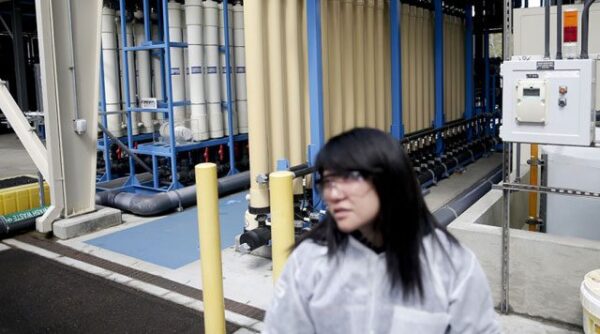Agriculture, Natural Resources, and Energy Commission

A level of concern
No simple criteria can define a drought, which may be declared whenever there is too little supply to meet demand. Today there are 33 million more thirsty Californians than there were during the extreme drought years of 1929 to 1934, which until now were the driest stretch since record-keeping began.
This year was the driest ever.
On April 1, the snowpack was 5 percent of average, the smallest ever measured. The four winters since 2012 have produced the most severe drought of the past 1,200 years, according to the American Geophysical Union.
Comparisons to historic averages become less meaningful if the state’s climate is entering some kind of new normal, yet the California Department of Water Resources figures that 200 million acre-feet (MAF) of water fall onto the state in an average year. (One acre-foot, or AF, equals 325,851 gallons, enough to cover a football field one foot deep. An AF can serve the annual needs of five to 10 people.) Rain and snow evaporate, are used by plants, and can soak into the ground. What remains is surface runoff, which is most accessible to people and averages around 71 MAF a year.
However, California’s water systems have contracts for water deliveries totaling more than five times the amount of surface water actually available on average. Though some water can be used multiple times, and wet cycles do happen, “normal” weather is almost never “average.” Hydrologic wishful thinking explains much of the state’s water dilemma.
Department Bylaws
AGRICULTURE, NATURAL RESOURCES, AND ENERGY: To promote the development, supply, quality and environmental conservation, applicable to food, agricultural resources, and energy, through study of conditions and problems, and by working in counsel with State agencies and leaders in their respective fields; to implement an active forestry and youth environmental orientation program, to monitor the energy policies applicable to the state, to promote energy conservation and circulate energy policies as a program of The American Legion, Department of California.











